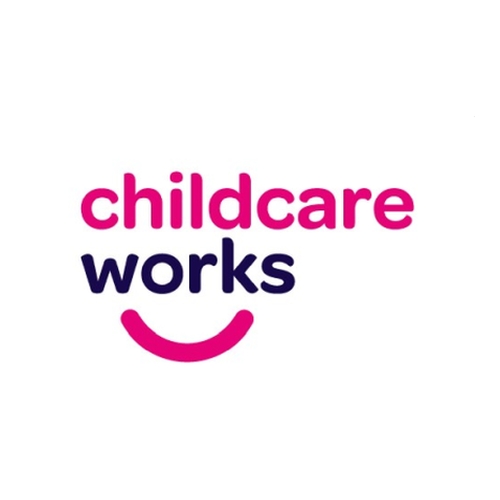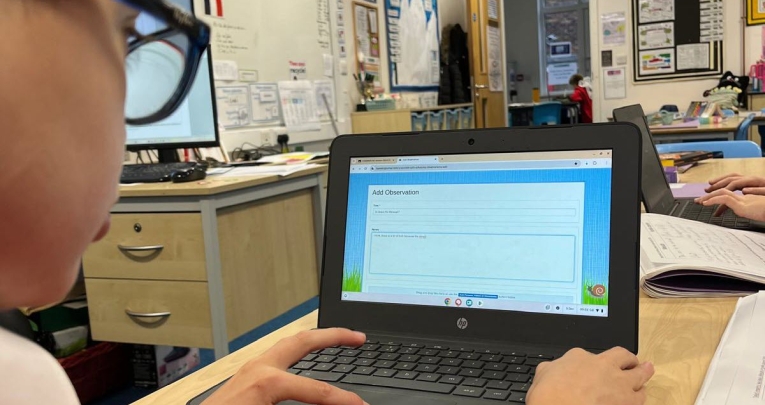September 2024 marked another chapter in the expansion of government funding for early education and wraparound childcare.
For the first time, the Department for Education has funded providers to offer 15 hours for children of working families aged from nine months old, a figure that will double to 30 hours in a year’s time (September 2025).
We also saw the first of the new wraparound childcare offers open to provide term-time out-of-school childcare.
“Childcare Works has developed lots of DfE-funded resources to help providers and schools.”
These are significant tasks for all providers, who know it is vital we make the most of the opportunity for children and their families.
We have seen early demand from existing families, and then a gradual increase of interest from new families. Some of this demand has exceeded our expectations.
It is such a big change, and one that will have profound impacts for months and years. That is why Childcare Works has developed lots of DfE-funded resources to help providers and schools.
Get support
At Childcare Works, we are here to help. Much but not all of our DfE-funded work is with local authorities (LAs) to support strategy, planning, and implementation.
Our work also includes a strong focus on how LAs are working with providers. We also provide a suite of free resources directly for providers that aim to make things as easy as possible, and help everyone to share ideas, and to support each other.
These are freely available on the Childcare Works HUB.

On the HUB you will find videos, tools, documents, links, helpful suggestions, and training all developed with local areas, including real-life case studies, and the voice of the provider.
It is never too late to take a good hard look at your business model and practice to make the changes needed for now and later.
To help, one of the resources we have developed is the PREPARE model, which does more than prepare you for the change; it helps guide you throughout it as well during its evolution across the next year.
1. Pause
We know that when things are busy it can feel impossible to stop and to think for the longer-term. We also know that when things are a little slower the temptation is to stop, rest, and recover rather than do business planning. But we must all must pause to plan.
2. Research
Take a good look and listen at what is happening around you, what your families (current and future) and other local providers are thinking, wanting, and doing. Look at the best sources of information (like the Childcare Works HUB), and we urge you to not rely on inaccurate social media feeds.
It helps to be in regular contact with the local authority or authorities you contract with. That will all help to keep up to date with thinking, funding rates, information, training and/or business support if it is on offer.
3. Explore
Take the time to explore in detail your business model and structure, and hold it to account, challenge it, and ask lots of ‘why’ questions. If your answers include “because we have always done it like that”, then be open to think again.
If you are a reluctant planner, or it feels overwhelming, get help from a trusted and skilled supporter.
“It is never too late to take a good hard look at your business model and practice to make the changes needed for now and later.”
4. Possibilities
All of this work then puts you in a better position to consider, with an open mind, the possibilities, opportunities, and risks for your setting. Write a long list – you don’t have to do everything, you can create a shortlist later.
5. Action plan
All that exploration and identifying the possibilities now informs your action plan. Set out what are you able to do in the short to medium terms, and what do you need help with.
Make sure you include the groundwork for all the longer-term actions as well as the easier things to do. They will bear fruit later.
6. Revenue
With new sources of government funding as income, settings know that will either add to the existing income streams or replace some of those that may have been chargeable to parents before. This all needs thinking through for financial sustainability and strength, charging policies, and for contractual compliance with local authorities.
Families appear more motivated to engage with Tax-Free Childcare than before (take-up is increasing), so this would be an excellent time to reinvigorate your strategy around all of that as an important source of additional funding for you and families.
7. Execute
Finally, this is about delivery of your plan, and making the changes needed to adapt and respond to the changing environment, families’ needs and demands, and new financial models.
And keep on top of it, keep it under regular review, celebrate the things that are working, and revisit the things that aren’t.










